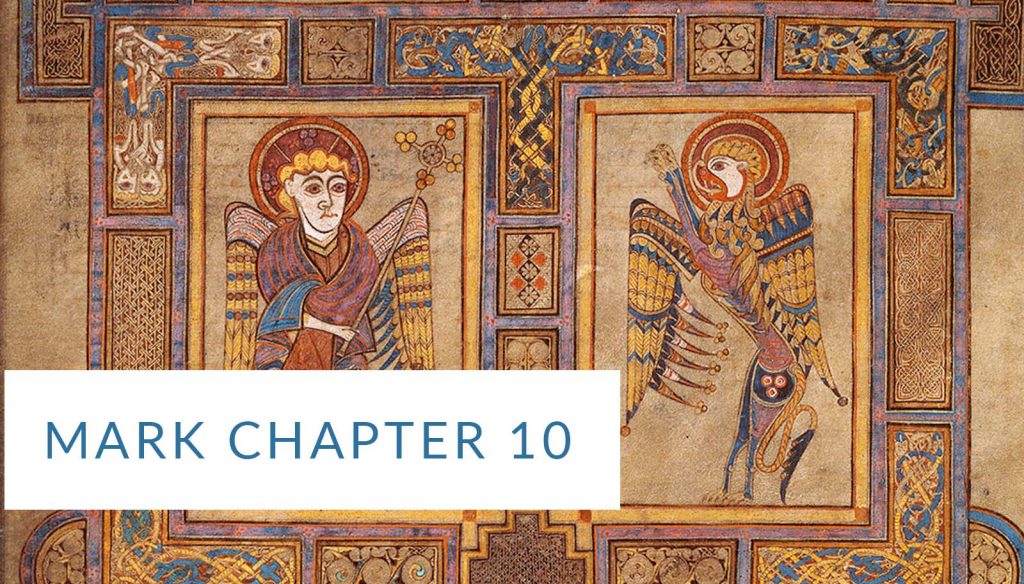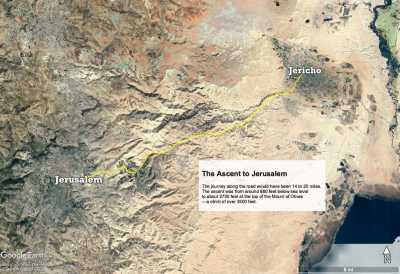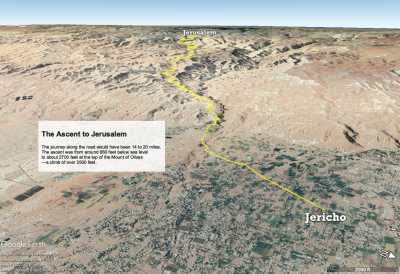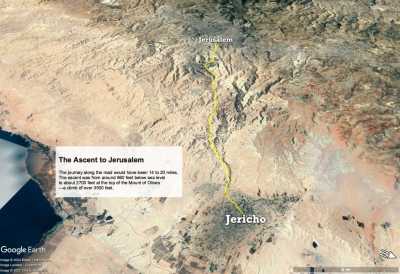This week’s readings are all from Mark chapters 8-9. Each day’s segments of the readings will be posted on this site during the week.
Today's Reading:
Now when the other ten heard this, they became angry with James and John. Jesus called them and said to them, “You know that those who are recognized as rulers of the Gentiles lord it over them, and those in high positions use their authority over them. But it is not this way among you. Instead whoever wants to be great among you must be your servant, and whoever wants to be first among you must be the slave of all. For even the Son of Man did not come to be served but to serve, and to give his life as a ransom for many.”
They came to Jericho. As Jesus and his disciples and a large crowd were leaving Jericho, Bartimaeus the son of Timaeus, a blind beggar, was sitting by the road. When he heard that it was Jesus the Nazarene, he began to shout, “Jesus, Son of David, have mercy on me!” Many scolded him to get him to be quiet, but he shouted all the more, “Son of David, have mercy on me!” Jesus stopped and said, “Call him.” So they called the blind man and said to him, “Have courage! Get up! He is calling you.” He threw off his cloak, jumped up, and came to Jesus. Then Jesus said to him, “What do you want me to do for you?” The blind man replied, “Rabbi, let me see again.” Jesus said to him, “Go, your faith has healed you.” Immediately he regained his sight and followed him on the road. (Mark 10.41–52 NET)
Once again Jesus has to explain the upside-down nature of the Kingdom of God to his disciples. Then, with the healing of Bartimaeus, the chapter ends with the last healing miracle in the Gospel of Mark and marks the beginning of the Jerusalem and final section of the Gospel.
Geographically, the ascent to Jerusalem begins immediately to the west of Jericho. This ascent is a winding, 14-20 mile climb from 860 feet below sea level to 2700 feet above sea level (at the top of the Mount of Olives) along the 'Jericho road'. There were three pilgrimage festivals: Pesach/Passover in the early Spring, Shavuot/Weeks/Pentecost in the late spring, and Sukkot/Booths in the Fall. Traditionally, those 'going up to Jerusalem' during these festivals would sing the Psalms of Ascent on their journey (Psalms 120-134).
Click on images below to see larger maps of the ascent from Jericho:
Any idea who Bartimaeus the son of Timaeus was? It’s not very often that one of the people healed is specifically named. Usually it’s “the lame man” or “the blind man”.
Any idea who Bartimaeus the son of Timaeus was? It’s not very often that one of the people healed is specifically named. Usually it’s “the lame man” or “the blind man”.
Mallary, great question! The Gospel of Mark only names two people related to healings: Bartimaeus and Jairus. Unfortunately, we really don't know anything else about either of them. It is possible that since his name is given that he would have been known by Mark's audience or generally within the early church, but his identity beyond this passage is lost to us. His name is only given in Mark's Gospel. The parallel passages in Matthew and Luke do not include his name, and Matthew adds a second blind man.



